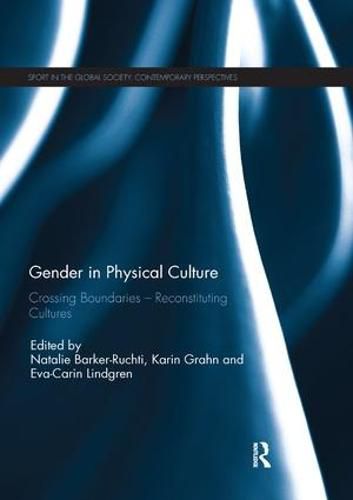Readings Newsletter
Become a Readings Member to make your shopping experience even easier.
Sign in or sign up for free!
You’re not far away from qualifying for FREE standard shipping within Australia
You’ve qualified for FREE standard shipping within Australia
The cart is loading…






This volume outlines existing research relating to gender in physical culture. The introductory chapter employs Lamont and Molnar’s (2002) idea of ‘boundaries’ as visible and invisible socially constructed borders that create social differences, as the theoretical framework for the book. Seven empirically-driven case studies follow which, on the one hand, demonstrate how boundary ‘work’ has taken and is taking place at the level of media, institutions, communities and individuals; and on the other hand, show how individuals, groups of individuals and organisations challenge and change dominant gender discourses and practices. The wide variety of rich case materials reveal how gender ideals not only normalize, but are actively and purposefully negotiated and transformed to create individualised and inclusive physical culture contexts. The final chapter explores how the book builds on and extends existing gender and physical culture research.
This book was originally published as a special issue of the journal Sport in Society.
$9.00 standard shipping within Australia
FREE standard shipping within Australia for orders over $100.00
Express & International shipping calculated at checkout
This volume outlines existing research relating to gender in physical culture. The introductory chapter employs Lamont and Molnar’s (2002) idea of ‘boundaries’ as visible and invisible socially constructed borders that create social differences, as the theoretical framework for the book. Seven empirically-driven case studies follow which, on the one hand, demonstrate how boundary ‘work’ has taken and is taking place at the level of media, institutions, communities and individuals; and on the other hand, show how individuals, groups of individuals and organisations challenge and change dominant gender discourses and practices. The wide variety of rich case materials reveal how gender ideals not only normalize, but are actively and purposefully negotiated and transformed to create individualised and inclusive physical culture contexts. The final chapter explores how the book builds on and extends existing gender and physical culture research.
This book was originally published as a special issue of the journal Sport in Society.